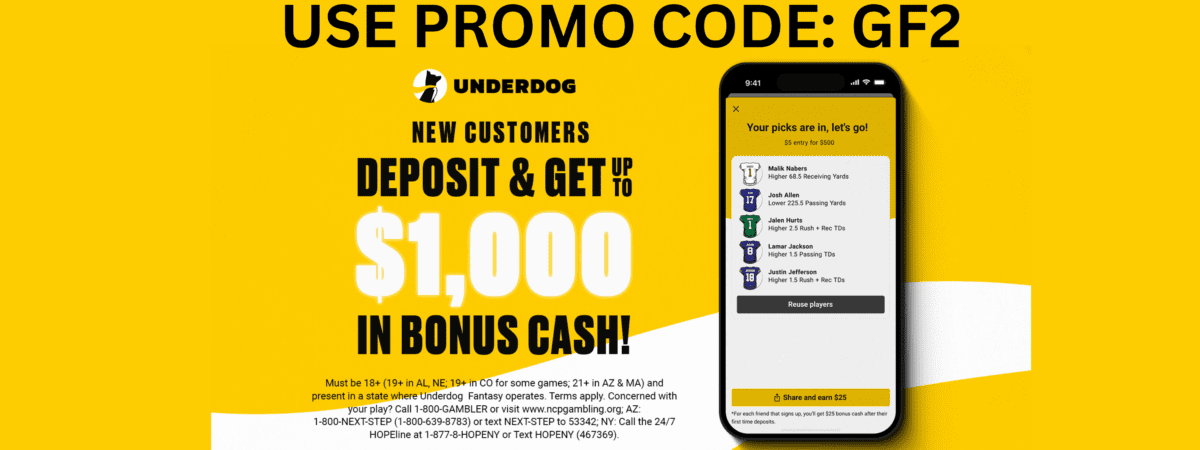Meteora: How A SFB Satellite Came Down
Luck. First off, Luck. You do not beat 95 other teams without avoiding a good run of bad luck. With aggressive management, you can stack the odds in your favor.

First off, enjoy the experience. Scott Fish, Ryan McDowell, and others have worked to create the best week of the fantasy calendar. Plug into Twitter, join the community and enjoy the ride. Get some gear from Veridian Global or FF Pod Shirts. Search out and take advantage of networking opportunities via pick and division chats. If you are unsure where to start, reach out to me, and I will happily help. Most importantly, you are a massive part of this event.
The Tournament
Understand the scoring is different. Goinfor2’s own Ryan Cearfoss has created a document to illustrate the differences in standard PPR scoring vs. #SFB11 scoring. Review to conceptualize the differences, but I highly recommend the spreadsheet created by Addison Hayes. For a donation, you can download the sheet and manage it as you see fit. This sheet was my bible during the SFBX draft. For more strategy ideas, make sure to check out the strategy guide prepared by Jennifer Eakins.
Let’s come back to the competition. You are trying to beat 95 teams to earn a spot into SFB12. Every pick is based solely based on the upside. Conceptually, do not worry about handcuffing your running backs and actively seek out receivers whose value is depressed by preceptions about crowded rooms.
My Team
I started with Dalvin Cook and Derrick Henry out of the 10th pick. The first strike of luck. Fortunately, I avoided the pitfall injuries that hit backs like Christian McCaffrey or Saquon Barkley and built a team around two of the top three backs. In retrospect, I would have made my RB room lighter. By selecting two running backs early, you are placing the bet they’ll stay healthy to anchor your team. It’s OK to embrace the fragility and stack your bench with other handcuffs; in my case, Tony Pollard came through at the end of the season when Ezekiel Elliott missed week 16.
QBs are the single most significant difference in scoring between SFB and a traditional setup. Discussion about the position dominates strategy guides and group chats. It is essential to realize the best-ball format takes the downside risk out of the position. In retrospect, I would have targeted a fourth QB to have more depth. Hindsight is 2020, and Justin Herbert went way too late in drafts. A consideration for any rookie QB who seems destined to wait for their opportunity (i.e., Mac Jones).
A year later, wide receivers are eye-opening and a position I definitely would have treated differently. It illustrates that hits can overcome misses when taking a chance on the potential and should encourage to take chances. Stefon Diggs was the only hit, a diminished draft price due to concerns about a changing team situation. I implore you do not take a chance on Josh Gordon (again).
Tight end is the last significant departure from traditional scoring with premium scoring. TEs like Hunter Henry and Mike Gesicki outscored WRs like Robby Anderson and Ceedee Lamb in the format last year. They are viable flex options, and intelligent team building will take advantage of the depth to add multiple options.
Ultimately there are many ways to build a successful team. I do want to mention that while stacking is the rage in best ball, this roster had no stacks and still could do very well in a large field. The intrigue in the scoring allows for different team builds, so take some chances and bring down a spot in SFB12. Please reach out to me with any questions!
ATTN Dynasty Commissioners: Do you want to do something cool for your league? How about a 1-hour live show dedicated to YOUR league? Team-by-team breakdowns, rankings, and more. For details and to book a show, visit: GoingFor2.com/plp.






